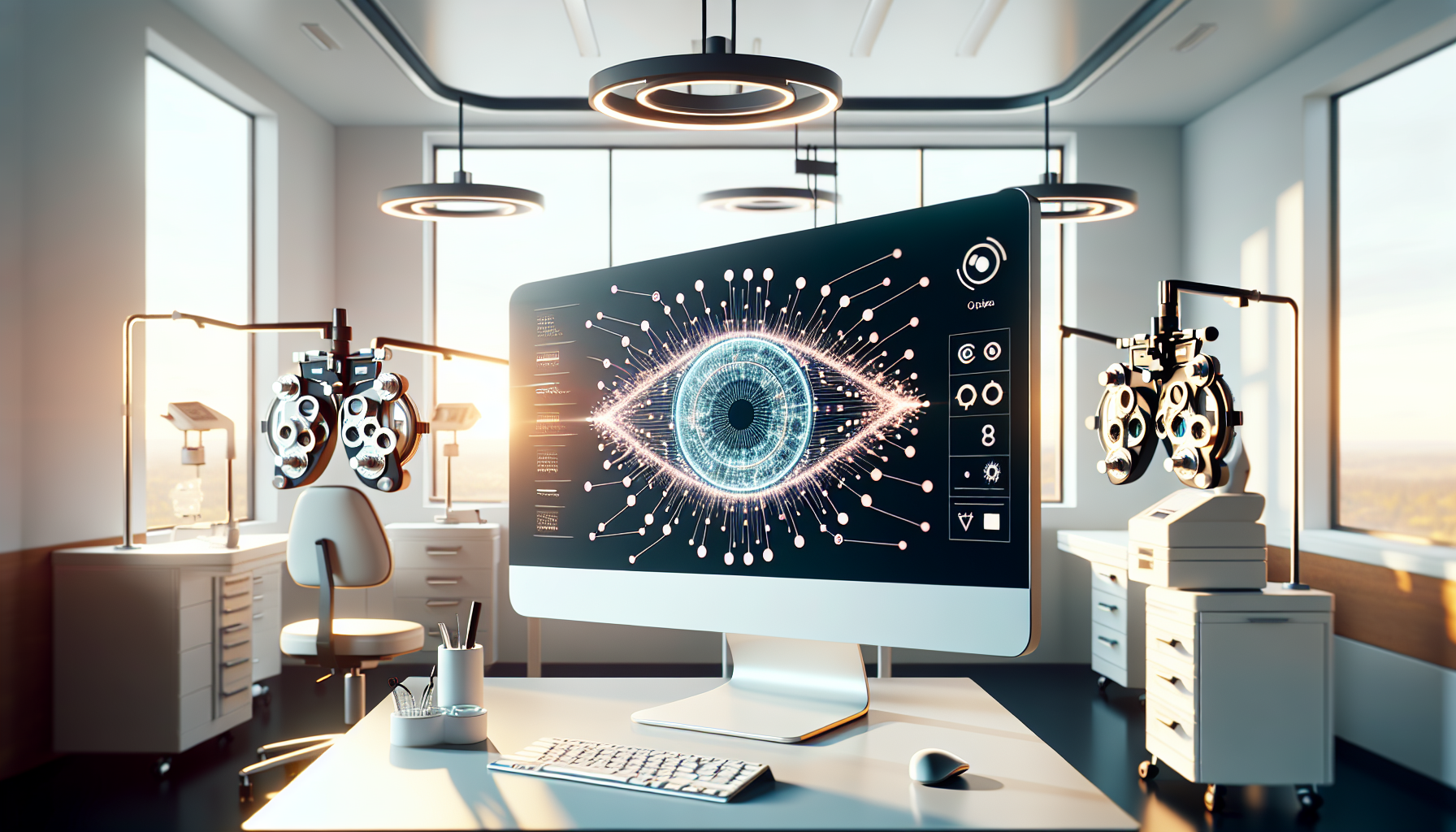Imagine a world where you can have your eyes tested for glaucoma in mere seconds while doing your grocery shopping, waiting for a train, or browsing in a shopping mall. No booking, no waiting, just quick and convenient access to a crucial health check. This could soon be the reality thanks to the AI-based Glaucoma Screening (AI-GS) network.
Glaucoma, a leading cause of irreversible blindness both in Japan and globally, is often a silent destroyer of vision. The disease gradually affects the peripheral field of vision, but because the progression is so slow, patients usually don’t notice until significant damage has been done. Consequently, many cases go undetected due to the lack of available eye specialists and the difficulty in carrying out mass screenings, especially in areas with limited resources.
To address this issue, Professor Toru Nakazawa from Tohoku University, along with a team of researchers, developed the AI-GS. This innovative method quickly analyses several key indicators of glaucoma, compiles the findings, and determines the presence of the disease with an accuracy that rivals expert ophthalmologists.
Tested on a dataset of 8,000 fundus images (pictures of the back of the eye where glaucoma damage occurs), the AI-GS network achieved an impressive 93.52% sensitivity at 95% specificity. What sets this system apart from conventional AI models is its ability to detect early-stage glaucoma, even when the fundus abnormalities are subtle and hard to identify.
One of the main obstacles with AI in healthcare is its “black box” problem – the lack of clarity regarding how the AI made its conclusion. However, the AI-GS network tackles this issue by providing numerical values for each diagnostic feature, enabling ophthalmologists to understand and verify its decision-making process. This transparency builds trust and simplifies integration into clinical practice.
In terms of practical implementation, the compact size of AI-GS network is a significant advantage. The system, which is only 110 MB in size, is designed for portability and efficiency. It needs minimal computational power and can deliver diagnostic results within a second.
Associate Professor Parmanand Sharma from Tohoku University highlights the potential of this AI technology, stating that it “brings expert-level glaucoma screening to your pocket.” Given its portability, this system can be run on a mobile device and used in public areas such as train stations, or even remote areas with limited access to ophthalmologists.
“This AI technology fills a critical void in glaucoma detection by making high-level diagnostics available to underserved communities,” says Professor Nakazawa. “With the capacity to facilitate early detection on a broad scale, we could potentially prevent blindness in millions of people worldwide.”
The AI-GS network, with its high precision, explainability, and lightweight design, is a significant advancement in AI-driven ophthalmology. It takes glaucoma screening out of the confines of hospitals and brings it into everyday life. The large-scale implementation of this system could transform the way we approach glaucoma care, ensuring that no one is left undiagnosed due to lack of access to specialists.

Comments are closed for this post.